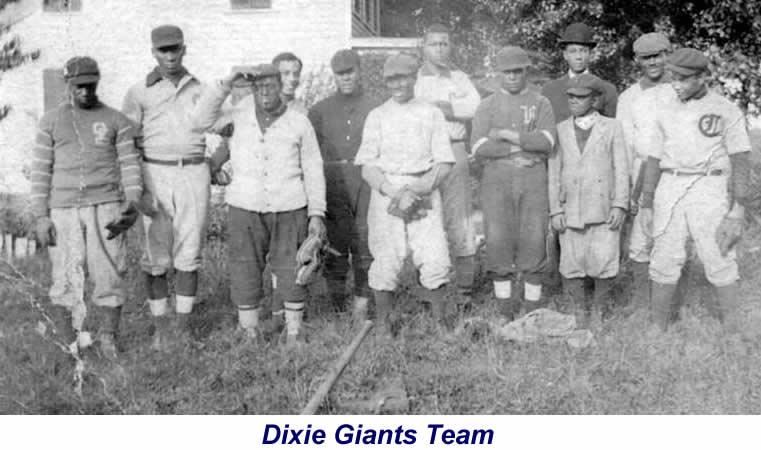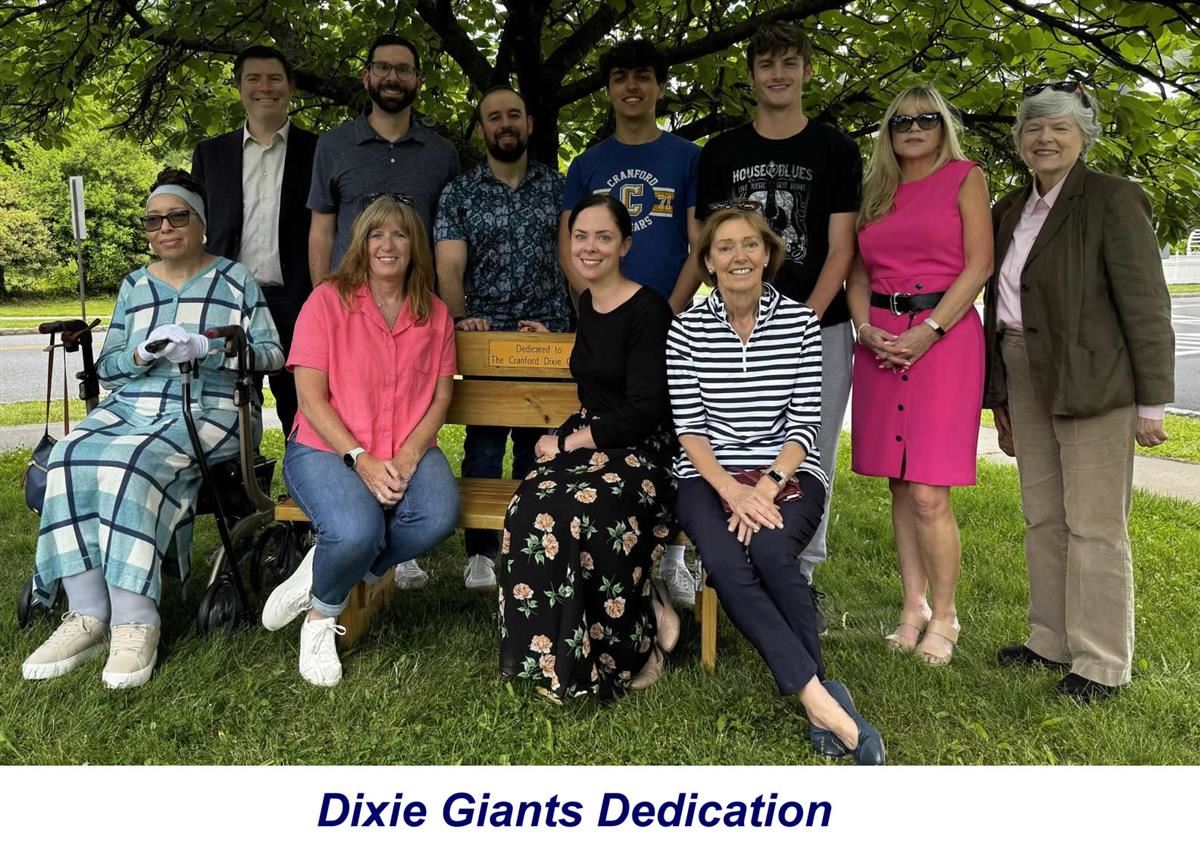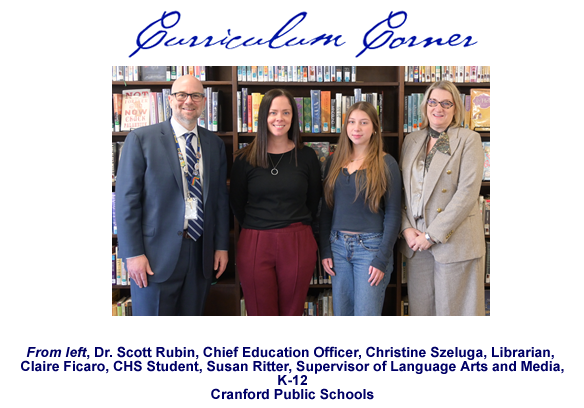- NJASA
- Curriculum Corner Dec. 2024
-
Authentic Student-Driven Assessment: A Community-Wide Project
Many educators seek to say yes to students’ ideas and facilitate their drive for authentic learning. Here is one example that happened in Cranford.
Cranford Public Schools, located in Cranford, New Jersey, is a comprehensive public school district serving pre-kindergarten through twelfth-grade students. The most recent Strategic Plan capitalizes on increased student agency and authentic assessment while still focusing on cognitive engagement and social-emotional growth. The community, as a whole, works regularly in partnership with the schools to educate its children.
Performance Assessments allow students to demonstrate their learning in a way that feels real; however, the classroom quickly becomes magical when a research-based activity turns into an experience that is real. A multidisciplinary curricular project began innocently with a question during a library media center visit in a “Sports America” elective class. Soon, it grew into a community-wide event honoring a local baseball team. Most importantly, every aspect of the project from start to finish was student-driven, and learning touched multiple departments and classrooms at Cranford High School.
“Sports America” Lesson
Cranford High School offers varied Language Arts writing electives including a “Sports America” class which explores the intersection of sports and society as well as the impact of sports culture on the individual. Students read, watch, and analyze some of the most notable sports events and figures, while reporting and writing original articles.This journalism class includes research lessons in the Dr. Deborah Cannon Partridge Wolfe Library and Learning Commons, collaborating with the library media specialist. One lesson, from two years ago, sparked student interest when they learned that baseball was “created” in New Jersey and their small town of Cranford hosted a semi-professional baseball team, forgotten by many, called the Cranford Dixie Giants. Through a newly-acquired grant from “Ancestry Classroom,” which provides K-12 schools with free access to original and primary documents from Ancestry.com, Newspapers.com, and Fold3, students were able to research the founders of the local baseball team and its benefactor.
While students were asked to report on any area of sports history, they largely became passionate about this particular topic. As a result, students wrote articles and created podcasts for Cranford High School’s news source, Dialogue, which heightened awareness of this piece of local history and served as a proposal for the dedication of the Dixie Giants at the diamond-shaped property on the corner of North Union and Elizabeth avenues, the site where the team played. Mirroring the students’ enthusiasm, educators became eager to provide more resources, create opportunities, and find creative ways to satisfy student curiosity. Faculty became the conduit to Cranford community members who partnered with students to grow their understanding.

History: What the Students Discovered
Baseball roots trace back to New Jersey — the first documented “official” game was played in Hoboken in 1846. Soon, the game’s popularity would increase, and by the mid-1850s newspapers called baseball, “the national pastime.” The Cranford Dixie Giants were a small part of the broader narrative of baseball in the United States at a time when sports were segregated in the early 20th Century, and black athletes were excluded from Major League Baseball.Despite segregation laws in the early-twentieth century, this semi-professional baseball team played both all-white and all-black teams, and they sustained a strong record. More than a sandlot team, the Dixie Giants played surrounding teams including Plainfield, Newark, and Watchung and, to our knowledge, had not been previously recognized. The team was managed by Ernest Tyree, a professional chef for the co-founder of S&H Green Stamps, Thomas Sperry. When Sperry died, he left his Cranford home to Tyree who turned it into a clubhouse for the team. Tyree led the baseball team for years and pursued his own catering business in Cranford, breaking racial barriers in both fields.
Student Agency
It was the student journalists’ idea to conduct additional research by contacting the Cranford Historical Society, which provided crucial resources about the team. Most importantly, they needed to determine whether the property on the corner of Elizabeth and North Union Avenues, now seemingly a pocket park but where the Dixie-Giants played, was town-owned. They also contacted the Mayor and Town Council with a request to honor the team by building a bench for that space and hosting a dedication ceremony.Student Daniel Argasinski and the Cranford High School woodshop class took the lead in the physical creation of a bench, carefully crafting it under the guidance of the Woodshop teacher, Mr. David Martinez, with funds for the bench materials, provided by the Cranford High School Student Council.
Film design student William O’Keefe decided to produce a documentary which he edited with Argasinski. Mr. Victor Barry, the Cranford Historical Society’s archives curator, provided artifacts for the project and was interviewed by the film students. Both film students were previously featured at the Lighthouse International and Cranford Film Festivals, respectively.
Thanks to a generous grant from the New Jersey Civic Information Consortium, student journalists at Cranford High School have access to professional-grade podcasting and film equipment, enabling them to pursue these types of audio and video projects.
Central to these efforts was Mrs. Christine Szeluga, the library media specialist, who has long championed the importance of preserving and sharing local history. Fellow educators Mr. Rob Ciarrocca, an English teacher with a deep appreciation of sports and sports history, and Mr. Justin Corazza, an English teacher who runs a very successful film program, also share her passion for local stories. Together, they formed a team that would not only host a dedication ceremony for the Dixie Giants, but also ignite student interest in their town’s history and heritage.

A Celebration of Community
On June 10, 2024, a group of students, teachers, administrators, and community members gathered on the corner of North Union and Elizabeth Avenues in Cranford, New Jersey to celebrate the town’s semi-professional all-black baseball team: The Cranford Dixie Giants. The dedication ceremony was a proud moment for Cranford. The mayor, along with other elected officials, joined members of the Tyree family and the broader community to unveil the bench.In his speech, Mayor Brian Andrews explained that there are stories in our community that are often “untold.” He commended the students involved for working to “amplify these underrepresented voices and tell this story in a very meaningful way.”
The bench is now prominently displayed in the location where the Dixie Giants once played and serves as a tribute to the town’s legacy and a reminder of the importance of local history and keeping these stories alive for generations to come. Referencing the QR code on the bench which links to information about the team, Argasinski explains, “With this bench, people will be able to research what happened here and learn more about Cranford’s rich history.”
Mrs. Szeluga remarked, “As we honor the legacy of the Cranford Dixie Giants, we also celebrate the power of education and community.”
Building A Culture of Saying YesThe initiative to honor the Cranford Dixie Giants was driven by the students, but it would not have been possible without a district-wide culture of saying yes, one that is often fostered by faculty and supported by leaders.
This event, like many other projects, is a culmination of many yeses: the yes from the Curriculum Committee of the Board of Education to the teacher who wanted to build a “Sports America” course; the yes from the curriculum supervisor to the media department to apply for the “Ancestry Classroom” grant to acquire research databases; the yes from the Assistant Superintendent to appeal to the New Jersey Civic Information Consortium (NJCIC) to financially support a pipeline of high school student-journalists, our future filmmakers and podcasters; and the NJCIC’s yes to fund the work in return; the yes from the Mayor and Town Council to honor the team; the yes from the wood shop teacher to help build the bench; the yes from the film teacher who encouraged a personalized project, a documentary; the yes from the journalism teacher to write and submit an article to a local newspaper in addition to the school one; the yes from the advisor who agreed to oversee the newly-formed podcasting club; the yes from the library media specialist who said, “Of course, we can research more about this important piece of local history;” and, finally, the yes from the Language Arts teacher who capitalized on a “teachable moment” and bypassed the intended lesson in favor of student engagement.
These and many other yeses created adjacent opportunities for students, including participating in film festivals and securing writing internships. Choosing to support, and not thwart, ideas in the school community–that is, actively trying to say yes–led students in unexpected directions and impacted them in ways that could not be designed by teachers. Dr. Brian Heineman, Assistant Superintendent for Curriculum and Instruction, indicates that “in Cranford, often staff and students come to us with innovative and interesting ideas. They certainly make it easy for me to simply say, ‘Yes, let's make this happen’ and watch them just take the project and run with it.” Principal Mark Cantagallo, too, shares this approach: “At Cranford High School, our philosophy is to support student and faculty agency. We try to find ways to empower the school community. Watching this project develop through the passion of the students, the staff, and the Cranford community represents why giving agency is so valuable."



